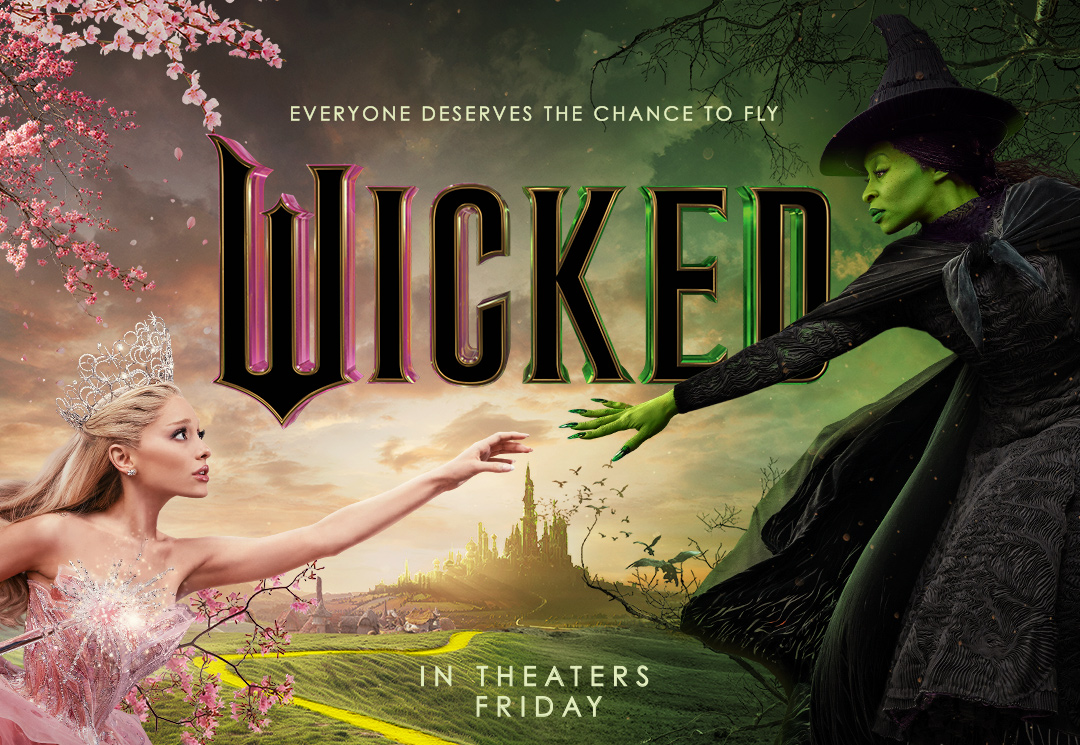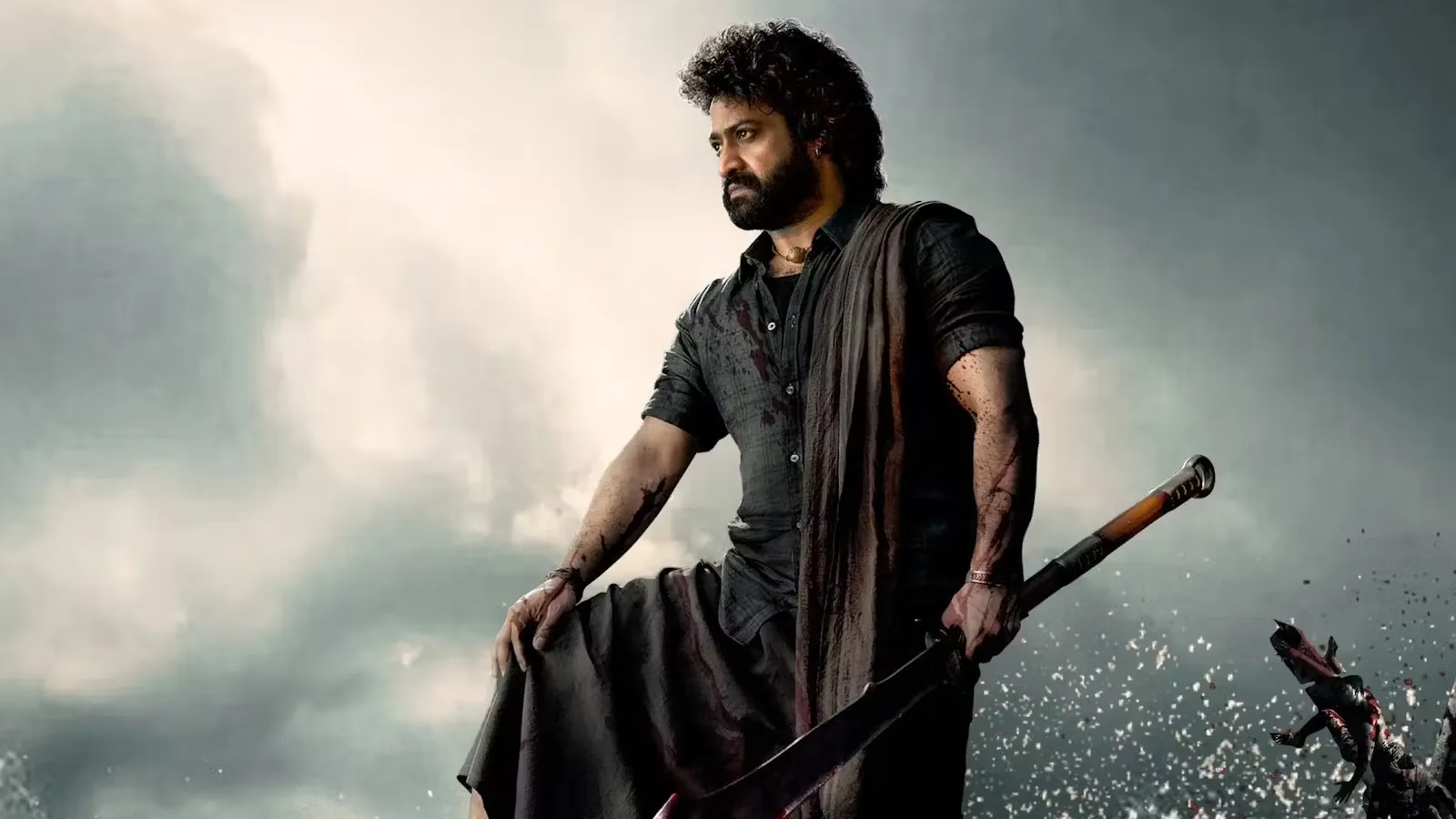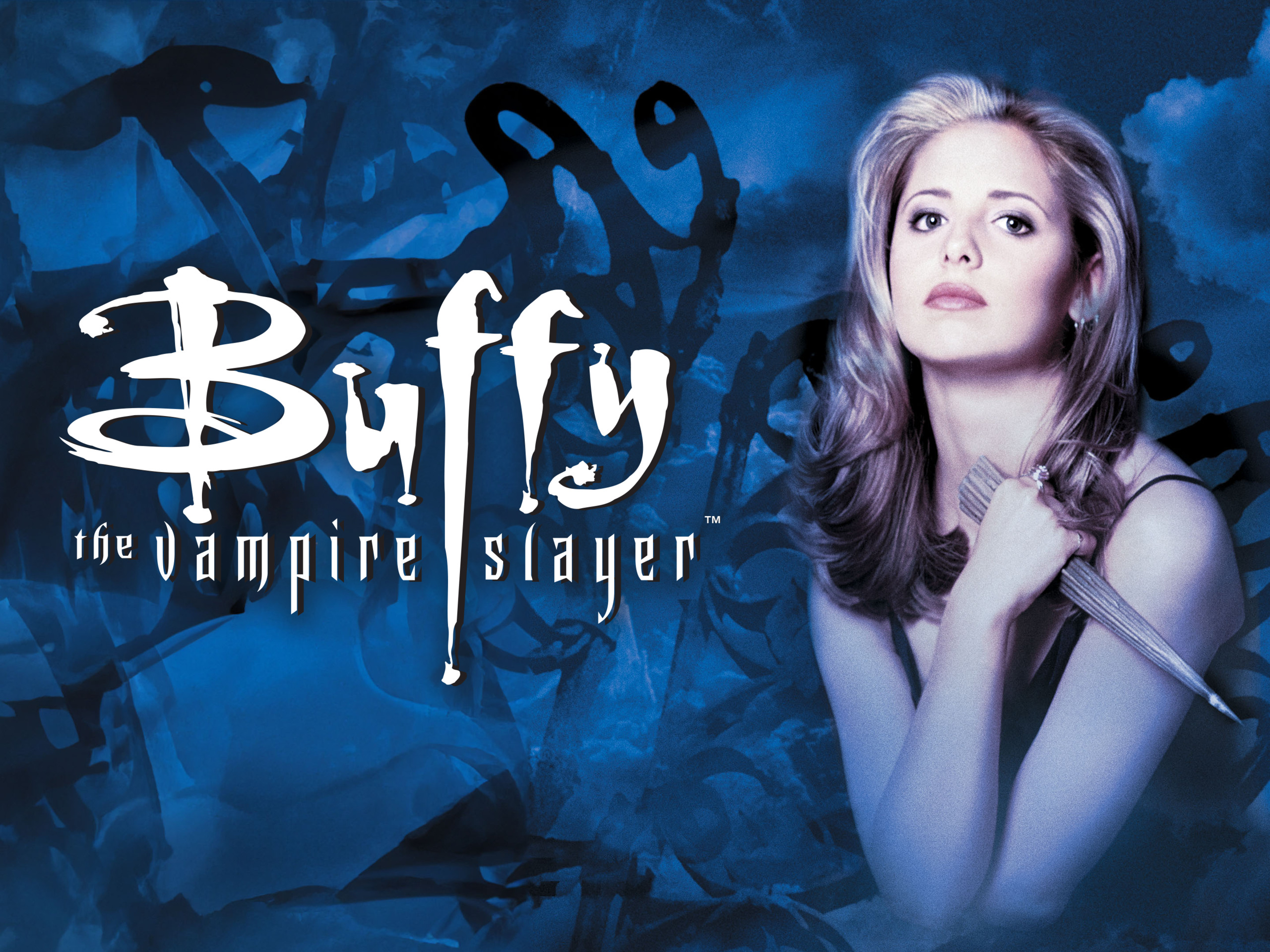British Production Designer Anthony (Tony) Masters, nominated for an Academy Award® for the film “2001: A Space Odyssey,” and pioneer Production Designer Ben Carré, best known for his work on the 1925 version of The Phantom of the Opera and The Wizard of Oz, will be inducted into the Art Directors Guild (ADG, IATSE Local 800) Hall of Fame at the 23rd Annual Art Directors Guild’s Excellence in Production Design Awards. The 2019 Awards, themed “Landscape of the Imagination,” will be held Saturday, February 2, 2019 at the InterContinental Los Angeles Downtown. The announcement was made today by President Nelson Coates ADG and Awards Producer Scott Moses ADG.
In making the announcement, Coates said, “We are honored to celebrate legendary artists Tony Masters and Ben Carré for their arresting visual imagery as they are inducted into the ADG Hall of Fame. Both were gifted artists who have inspired us for decades through their talents, imaginations, and enormous contributions to the art of narrative design in motion pictures.”
Anthony Masters (1919 -1990) was a British Production Designer during his illustrious career spanning 45 years. He received an Oscar® nomination for Best Art Direction in 1968 for his amazing work in 2001: A Space Odyssey. His other best-known films include Dune, Lawrence of Arabia, Papillon, Tai-Pan, The Clan of the Cave Bear and The Deep. He has two dozen credits as Art Director, including such notable films as The Heroes of Telemark, The Cracksman, The Day the Earth Caught Fire, Faces in the Dark, The Story of Esther Costello and the Oscar®-winning short The Bespoke Overcoat. He died in France, the father of three sons with his wife of 33 years, actress Heather Sears. His sons Giles Masters ADG (The Da Vinci Code, Angels & Demons, Women in Gold) and Dominic Masters (Wonder Woman, Murder on the Orient Express) followed in their father’s illustrious steps and son Adam is a television and film editor in the UK.
French-born Production Designer Ben Carré (1883-1978) is best known for the catacomb set designs for The Phantom of the Opera, the Emerald City from The Wizard of Oz, the home of the Smith family in Meet Me in St. Louis and sets for The Jazz Singer. A classically-trained artist, Carré studied at the Atelier Amable in Paris. He began his professional career as a scene painter for the Paris Opera and the Comédie-Francaise, later joining Pathé-Gaumont as a set designer on five feature films. Carré entered the U.S. in 1912 as a Production Designer at Eclair/Peerless, renowned at the time for having one of the most state-of-the-art studio facilities on the East Coast. He was under contract at MGM (1924-26), Warner Brothers (1926-27), Fox (1928-35) and, again, MGM (1939-44). During his time at the studios, he designed sets for Cecil B. DeMille’s The King of Kings and worked on Noah’s Ark, The Iron Mask and Dante’s Inferno. He took a permanent job in MGM’s scenic art department where he stayed for thirty years painting backgrounds for many of MGM’s classic films including Marie Antoinette, An American in Paris, Meet Me in St. Louis, Julius Caesar, North by Northwest, Singing in the Rain, and The Wizard of Oz. After retiring in 1965 at the age of 82, Carré remained in Los Angeles with his wife Anne and was a prodigious painter and exhibitor of watercolors featuring Los Angeles cityscapes. He died in 1978.
Last year’s ADG Hall of Fame inductees, only posthumously, were Production Designers Sir Ken Adam and Tyrus Wong. The complete list of inductees can be found at www.adg.org.
Producer of this year’s ADG Awards (#ADGawards) is Production Designer Scott Moses ADG. Online nomination voting opens December 6, 2018 and ends January 4, 2019 and nominees are announced on January 7, 2019. Final online balloting starts January 8th and ends January 31, 2019 and winners are announced at the dinner ceremony on Saturday, February 2, 2019. ADG Awards are open only to productions when made within the U.S. by producer’s signatory to the IATSE agreement. Foreign entries are acceptable without restrictions.
The ADG Awards is proud to be sponsored by Design Icon Level: Shutterstock, Sweetwater/NEP Live Events; Design Innovator Level: Dazian Fabrics; Platinum Level: Aztek Wallcovering; Media Sponsors: The Hollywood Reporter, Variety and SHOOTonline.

Movie
Gladiator 2 Builds On The Legacy Of Its Predecessor,

Gladiator 2 builds on the legacy of its predecessor, delivering a captivating story that honors the original while forging a compelling new path. The cast shines in their roles, with Paul Mescal delivering a powerhouse performance as Lucius, the now-grown son of Maximus. Mescal captures a blend of vulnerability and strength, embodying a character driven by both honor and revenge. Alongside him, Denzel Washington commands the screen, adding gravitas and depth to a key supporting role
The screenplay is a triumph, keeping the audience engaged at every turn. While the overarching story gives you a sense of where it’s headed, the journey remains unpredictable, and packed with twists. The film balances themes of legacy, vengeance, and redemption, weaving them seamlessly into the narrative.
Action sequences, particularly the gladiatorial combat, are visually pleasing. The fights are brutal and visceral, with just enough gore to feel authentic without veering into excess. Visually, Gladiator 2 is stunning. The production design, cinematography, and score come together to create a visceral and immersive experience.
As a follow-up to a beloved classic, Gladiator 2 meets expectations, proving to be both a thrilling spectacle and a worthy successor. It’s a 9/10—a tale of honor and legacy.
Movie
Wicked Soars As A Dazzling Spectacle

Jon M. Chu’s Wicked, the long-awaited cinematic adaptation of the Broadway musical, soars as a dazzling spectacle that captivates audiences with its lush visuals, heartfelt performances, and rich storytelling. The film, the first in a two-part series, delves into the origins of Elphaba and Glinda, exploring their unlikely friendship and the events that transform them into the Wicked Witch of the West and Glinda the Good.
Cynthia Erivo (Elphaba) and Ariana Grande (Glinda) lead the cast with exceptional performances. Erivo’s powerful vocals and nuanced portrayal of Elphaba’s internal struggles bring depth to the character. Grande, in her most notable film role to date, is both hilarious and heartfelt as Glinda, perfectly capturing her charm and comedic timing. Supporting performances by Jonathan Bailey (Fiyero), Michelle Yeoh (Madame Morrible), and Jeff Goldblum (the Wizard) add layers to the narrative, enriching the world of Oz with compelling subplots.
Chu, known for his work on Crazy Rich Asians and In the Heights, brings his signature style to Wicked, blending vibrant visuals with emotional resonance. The production design by Nathan Crowley is stunning, vividly rendering Oz with grandeur, from the Emerald City to Shiz University. Paul Tazewell’s costume design is equally striking, updating the Broadway look with cinematic flair. The score, by Stephen Schwartz and John Powell, retains iconic musical numbers like “Defying Gravity” while incorporating new arrangements that heighten their cinematic impact.
Critics have hailed Wicked as one of the best musical-to-film adaptations in decades, rivaling Chicago and Mamma Mia. Chu’s decision to split the adaptation into two parts allows for a deeper exploration of the story, giving audiences time to connect with the characters and their journeys. Fans of the Broadway show will appreciate its faithfulness to the source material, while newcomers will be enchanted by its universal themes of acceptance, ambition, and friendship.
With Wicked, Jon M. Chu has delivered a masterpiece that sets a new standard for musical adaptations. The film is a visual and emotional triumph, showcasing unforgettable performances and a meticulously crafted world. Whether you’re a fan of the original musical or new to the story, Wicked is a must-see cinematic event.
Rating: 3.5/5
Streaming
Movie Review: Devara Part 1 (Streaming on Netflix)

Devara Part 1 dives deep into the heart of coastal India, merging high-stakes action with rich, emotional storytelling. Directed by Koratala Siva, this movie delivers both visually arresting cinematography and a gritty, dramatic narrative that examines the impact of power, loyalty, and revenge. The film stars Jr. NTR as Devara, alongside Saif Ali Khan and Janhvi Kapoor, both in pivotal roles. With its mix of action, suspense, and drama, Devara has quickly become a must-watch on Netflix.
The film is set in a fictional coastal region, where Devara, played by Jr. NTR, emerges as a man caught in the crossfire of a world rife with ambition and betrayal. The narrative pivots around land issues and the power struggles within the community, which expose Devara’s journey from a common man to a feared figure within his circle. Saif Ali Khan’s antagonist is a complex and calculated character whose machinations add depth to the storyline, setting the stage for a high-stakes conflict with Devara.
The film uses classic Bollywood tropes of revenge and honor but explores them through a modern lens. Devara’s journey is marked by his raw emotional drive and relentless courage, and the character’s depth makes him a gripping protagonist. Janhvi Kapoor adds a softer, more vulnerable counterbalance as Devara’s love interest, providing relief amid the film’s intensity.
Jr. NTR shines in the title role, embodying Devara with both intensity and vulnerability. His transformation into this hardened figure is subtle and believable, allowing viewers to empathize with his struggles. Saif Ali Khan, as the antagonist, is charismatic yet menacing, bringing layers to his role that make him much more than a standard villain. Janhvi Kapoor, while not the primary focus, delivers a grounded performance, effectively conveying the emotional depth needed in a film as intense as this.
One of the strongest elements of Devara Part 1 is its cinematography. Siva and his team bring the coastal setting to life, with expansive shots that capture the rugged beauty of the region. Each scene is meticulously crafted to capture the landscape’s natural colors and textures, lending authenticity to the story. The high-quality production value, along with the tight pacing and impressive action sequences, ensures that the audience remains engaged from start to finish.
Korotala Siva’s direction keeps the narrative’s emotional core intact while focusing on action and drama. The way he layers tension and reveals character motives adds a degree of realism rarely seen in mainstream cinema.
At its core, Devara is about the moral complexities that arise when survival and loyalty collide. It tackles themes of power, corruption, and revenge, all within a tightly woven plot that never strays too far from the human element. The film also dives into social issues, shedding light on the systemic corruption affecting the lives of ordinary people in coastal India. Devara’s journey is one of self-discovery and confrontation with societal norms, and this depth keeps the film compelling beyond its action sequences.
The film also sets up exciting possibilities for Devara Part 2, hinting at an even deeper exploration of these themes, as the stakes rise and alliances shift.
Devara Part 1 combines strong performances, beautiful cinematography, and a gripping storyline. While it does lean on some familiar tropes, the story’s authenticity and Siva’s nuanced direction make it a worthwhile watch. The movie’s pacing, engaging plot twists, and character-driven drama make it hard to turn away.
Rating: 4.3/5 Devara Part 1 is a compelling drama that balances action and emotion, making it a standout in Netflix’s lineup. It’s perfect for viewers looking for a powerful storyline mixed with well-executed action. Highly recommended for fans of Bollywood cinema and anyone who appreciates stories with moral complexity.


